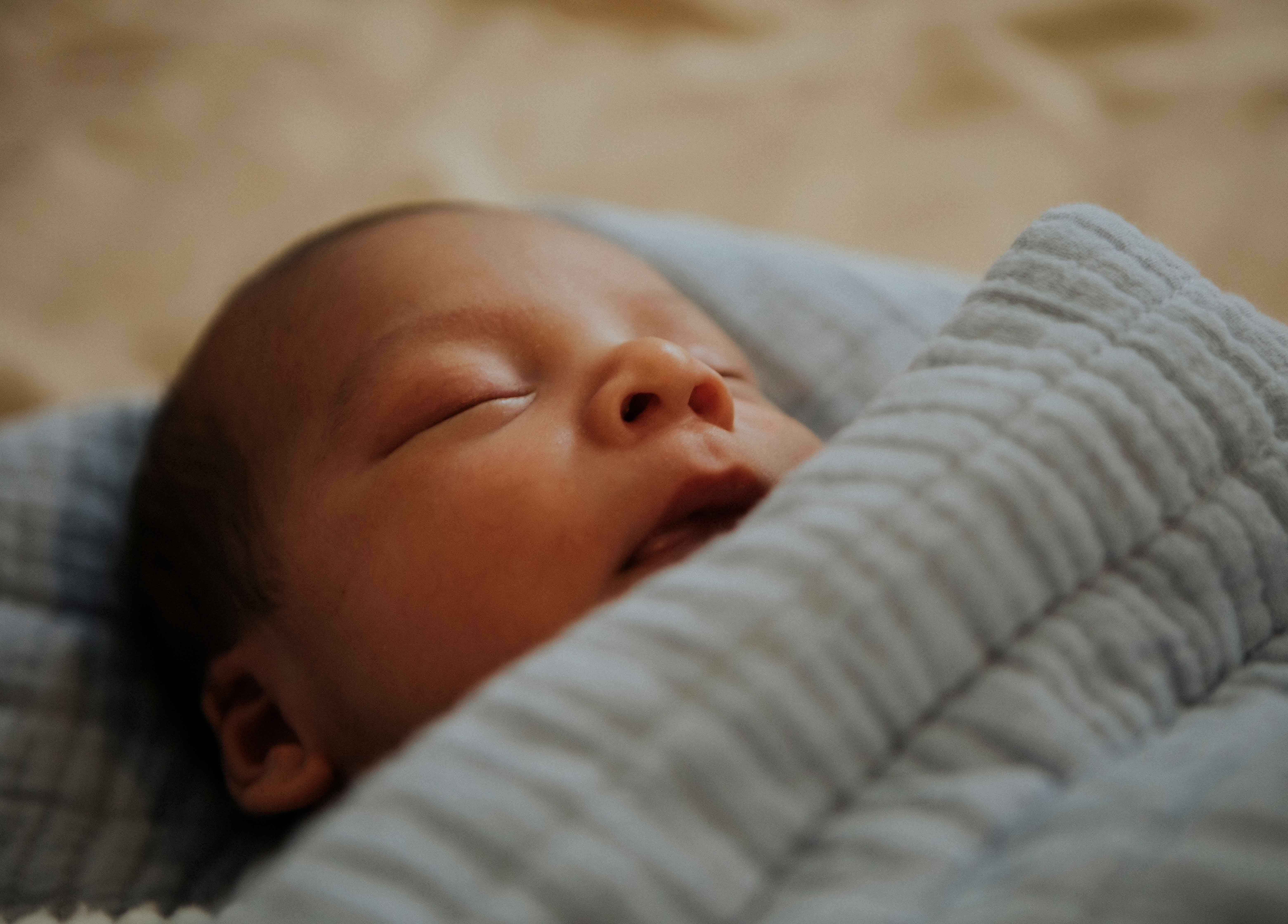
In the new study, the researchers investigated joint attention skills in 10-month-old infants. Joint attention means that one attends to the same objects and events as other people, which is critical both when infants learn about their environment and for their language development.

“When the parent initiates, the child is said to be responding to joint attention — such as when he or she follows the gaze of the parent to look at an object. When the child initiates, it is referred to as initiation of joint attention. For example, by pointing or vocalizing the young child can guide the adult’s attention and shape his/her own immediate social environment to fit his/her needs and interests. Importantly, already before infants can point or speak, they may use their eye movements to influence the parent, by alternating gaze between the face of the parent and objects that have caught their attention. The current study assessed this particular type of preverbal communicative behavior in infancy,” says Pär Nyström, researcher at Department of Psychology, Uppsala University and one of the authors on the new study.
The study included infants who had an older sibling with autism. Most of these infants develop typically, yet the probability of later being diagnosed with autism is considerably higher in this group than in the general population. The infants were tested in playful experiments designed to elicit different types of joint attention behaviors. During the session, an eye tracker measured where the infants looked.
The study is a part of the larger project Early Autism Sweden (EASE) (http://www.smasyskon.se), which is a collaboration between Uppsala University and the Center of Neurodevelopmental Disorders at Karolinska Institutet (KIND) in Sweden.
